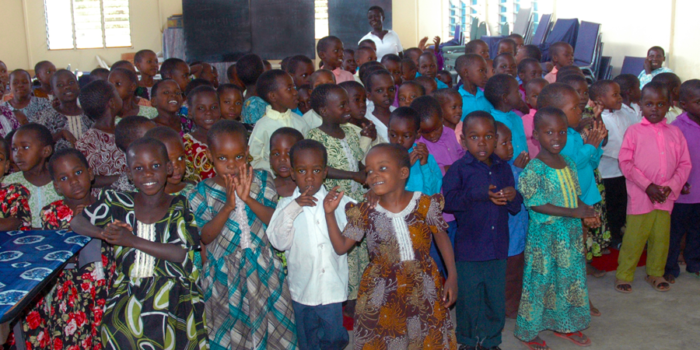How do you get 72 million children into school?
ONE AT A TIME!
Child labor is making a disturbing resurgence around the world, especially in supply-chain countries. This global hike is attributed to deteriorating security worldwide and increasing financial desperation in the wake of the 2008 meltdown. Suppliers like the Philippines, India, China, Vietnam, Indonesia, and Brazil are some of the worst offenders. In other countries, such as Ethiopia, 60% of children may work as domestics or farm hands to support their families.
In Pakistan children continue to be abducted, rented, bought and sold. In some African countries like the Democratic Republic of the Congo, Zimbabwe and Burundi, children account for 30% of mining jobs. In Sudan, Somalia, and Myanmar, children are recruited as soldiers, bodyguards, sex slaves, or labor for farms and quarries.
Children are sweating in Kenya’s stone quarries, working 16 hour days in agriculture in India, scavenging for salvage in city dumps in Latin America, working in South Asia’s carpet industry and hidden away as domestic servants throughout the world’s developing countries. Bonded child labor is especially prevalent in service jobs such as prostitution, small restaurants, truck stops, tea shops and domestic work. They are bound by family debt to servitude, sometimes for life.
I am still haunted by the memory of a frail six year old girl cloistered in a tiny four foot square windowless room, sitting crossed legged on the cold cement floor packing matches into match boxes. She was slaving for a wealthy businessman while his own children played in the yard in front of her. I could not believe a heart could be so cruel to an innocent helpless child.
At least 168 million child laborers—11% of all children in the world— are working instead of learning. More than half will never learn the barest literacy skills. Most are compelled to work because of economic necessity. World leaders made a promise in 2000 that every boy and girl would get a primary education by the end of 2015. Yet today:
- 72 million school age children receive no schooling according to UNESCO.
- 67 million children of primary age are not in schools today.
- 53% are girls.
- Half of all children in Sub Saharan Africa will never enroll in school.
- In Asia, 80% of girls not in school are unlikely to ever start.
Evidence shows that investing more in education reduces poverty at a faster rate, provides long term health benefits, and leads to greater gender equality.
The 10 biggest reasons why so many children are not in school
- Not enough schools
- Poor sanitation
- Child labor
- Too few teachers
- Natural disasters
- Child marriage
- Poverty
- Disabilities
- Living in a war zones
- Because they are girls.
BE A SPONSOR– CHANGE A CHILD’S WORLD!


